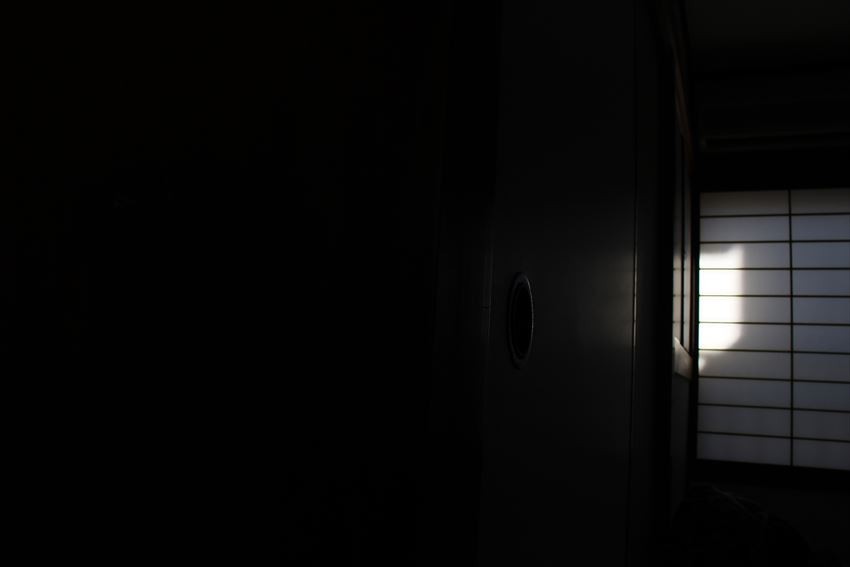
Unlike ghosts or spirits, which are outright ethereal or in many case intangibles, Yokai have tangible bodies, although mostly invisible to naked eyes or being able to shapeshift into forms that belie theirs true power. Today we will explore a Yokai that exist in human form, just like vampires!
Rokurokubi (ろくろ首)
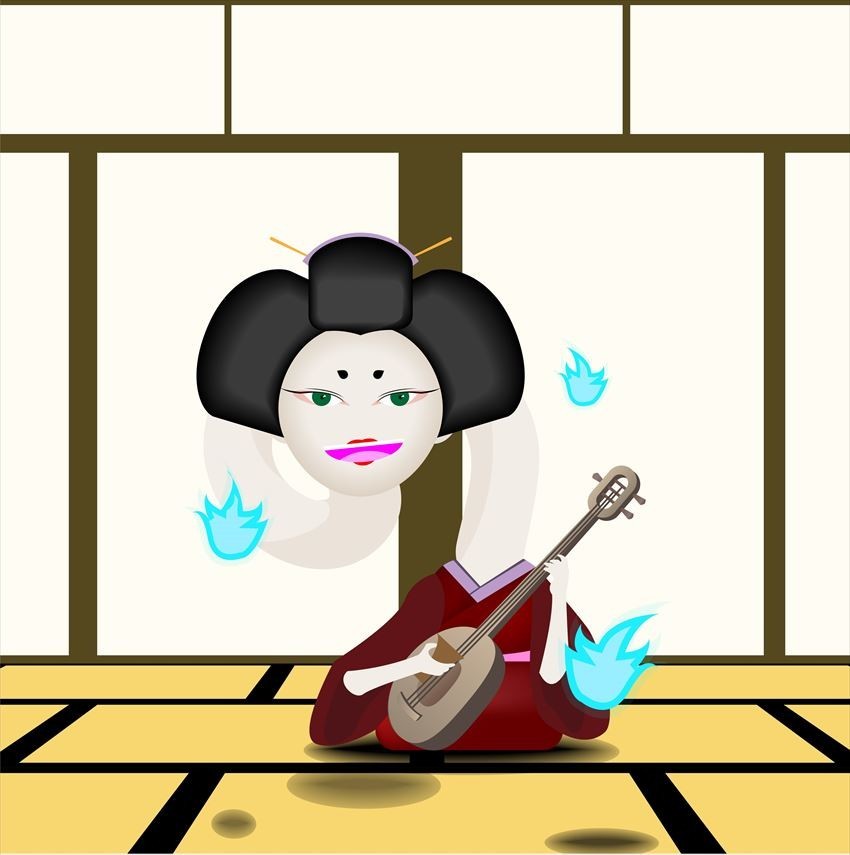
Rokurokubi (ろくろ首) are said to be a normal human during the day, but when night falls, the head would float into the wild, leaving long white string behind like a very long neck. The tales started from Edo period, originally depicting that the white string is the tie between the body and the soul (appearing as a head), but often misinterpreted as an elongated neck. Thus, in modern era, the mainstream picked the more recent interpretation rather than the old folktales.
The Origins of Rokurokubi: Nukebuki (抜け首)
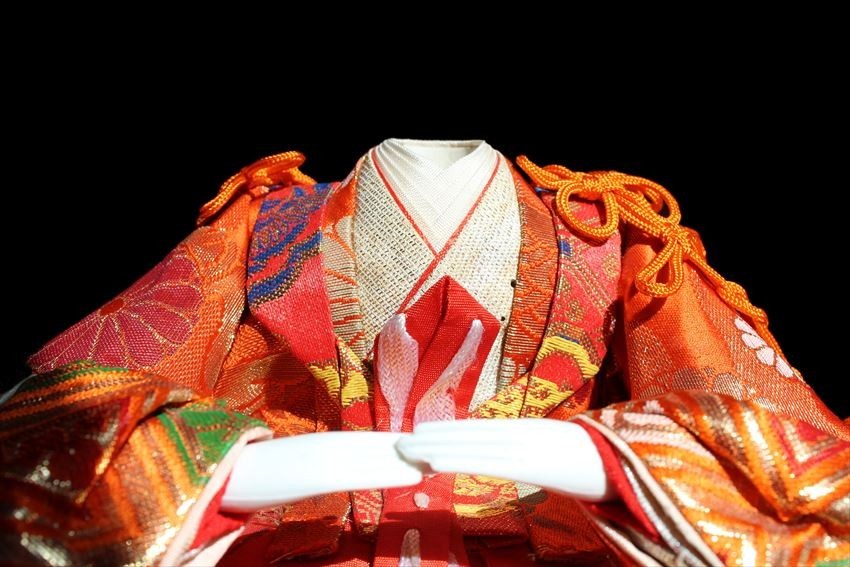
Before Rokurokubi became known in Edo period, the older tales narrated about Nukekubi (Detached Head). The oldest tale of Nukekubi was told in 1663, depicting the Nukekubi as a soul detaching from the woman body and the shape of the soul became a head, flying off at night while the real body was sleeping. The tale, however, did not mention that the head was really separated from the body, only the floating head was saw by a man, and was chased after by that man with sword. The woman then woke up, saying she had a bad dream that a man with sword was chasing after her. So, the headless sleeping body was never saw or depicted in this tale.
In some later tale when the rokurokubi became more popular than nukekubi, a rokurokubi was depicted as a thick white steam rose from her chest, obscuring her real head as a very long neck.
Influenced by tales from overseas
Since this tales came to be around the time that Japan had open trade with China and Southeast Asian countries, it is believed that the tales of nukekubi had been influenced by the tales from those country. When Japan later closed the country in Edo era, the tales then gradually turned into rokurokubi.
In China, there is a hitōban (飛頭蛮) or the flying head barbarian, whose head would came off and the ears flap like wings and often eat insects, and there is a rakutō (落頭) whose head would came off and float around (without the winged-ear part).
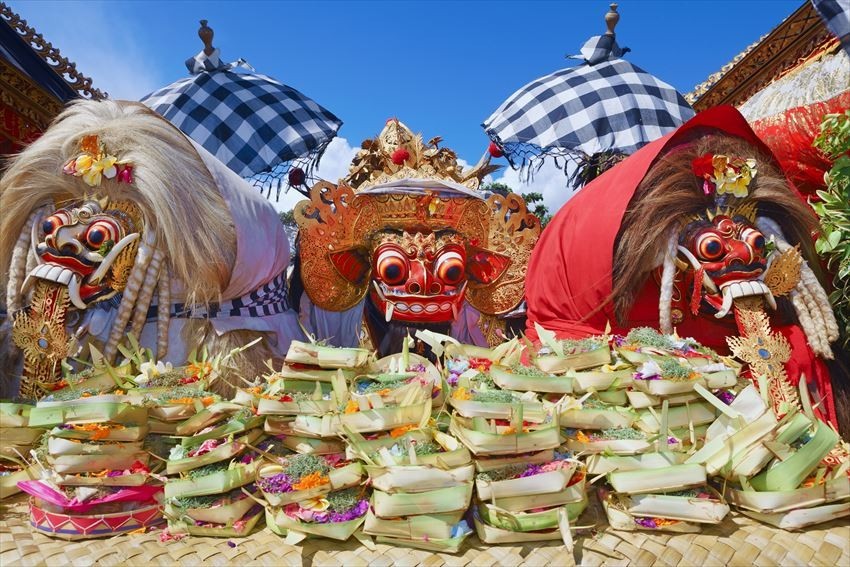
Many Southeast Asian countries also have similar yokai, such as Palasik, Kuyang, and Leak in Indonesia, Penanggalan in Malaysia, and Krasue in Thailand. Unlike rakutō or nukekubi, these mythical creatures have entrails attached to the floating head. They often float to find and suck the blood of newborn baby. In Thailand, the male counterpart of Krasue is called Krahang, which is similar to Manananggal of Philippines (although the Manananggal are female), where the upper body including torso also detached from the lower body and grow a giant bat-like wings. Krahang in the modern era no longer detach any body part but can fly with wings made of kitchen tools instead.
The cause: Illness or Karma

The early tales of Nukekubi depicted that the head did not actually came off, but due to certain illness, the soul detached from the body while sleeping and the soul was visible to the onlookers as floating head. While most stories have a woman as the nukekubi, there was a tale of man as well in Shousai Hikki (蕉斎筆記). The man claimed that the illness was common in his homeland of Shimōsa Province (Chiba Prefecture in modern time).
Later tales started to depict that the nukekubi or rokurokubi would have a ring-like bruises around their necks, and there are some village in Mount Yoshino where all the villagers wear scarves all the time.
Later into Edo period, there was some tale stating that rokurokubi is actually an illness that afflict the body, pointing to one example of a brothel in Yoshiwara whose neck would elongate (although not impossibly long) in her sleep. The tale stated that “her heart becoming loose”.
Many tales also stated that one would become nukekubi or rokurokubi by the work of Karma (deeds and the result of deeds). In many Southeast Asian tales, the floating head with entrails are believed to originated from those who practiced dark magic and the magic turned against them, cursing them into cannibalistic creatures of nightmare. Later tales depicted it as a curse that involved a liquid made with black magic, such as special oil to rub around the neck or saliva of the creature itself.
In Edo period, there was a tale about an innkeeper who once killed a woman to steal her money, and later when he opened an inn, his daughter was born as rokurokubi. The daughter later married a runaway monk, but she collapsed with illness. When they ran out of money, the monk killed her. When the monk went to an inn and slept with a woman he met there, the girl’s neck stretched, and the face became that of his late wife who told him all her resentment. Feeling regretted, the monk went to tell her father everything, and the innkeeper also revealed his past to the monk. The monk returned to the priesthood and built a grave for his wife.
Remarks
It is interesting to point out that these mythical creatures or yokai are only told in East and Southeast Asia, with one similar tale in South American of the Chonchon. And most importantly, in all tales, the creatures appeared as a normal living person during the day. In contrast, the Western tales depicted the headless ghost roaming the wild instead of the floating head, and not a living person.
The closest thing are the modern vampires, who can appear as normal person but afraid of sunlight (maybe just to avoid being found out, just like rokurokubi who wear scarves to hide their marks around the neck). But who knows, maybe the tales originated from the same creatures, then later influenced by the local beliefs and the depictions differed and branched into what we know now…
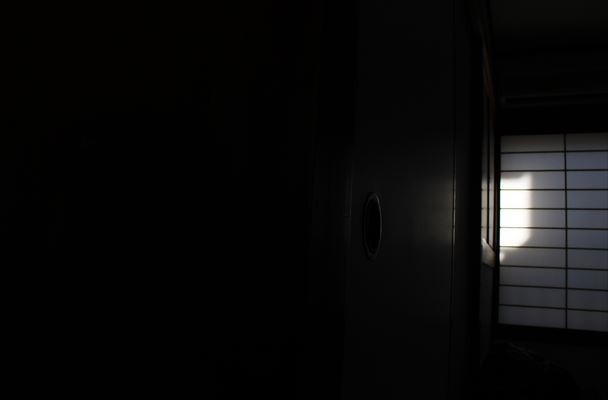
Comments